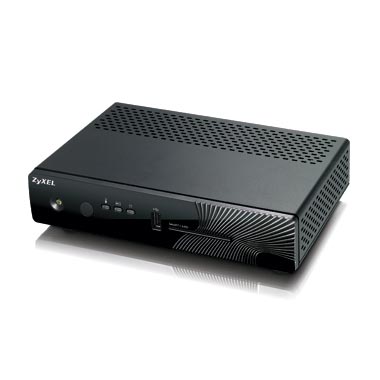 STB (Set Top Box) devices usually run from NAND partitions. All the rootfs is persisted in read-only filesystem (squashfs) and mounts additional R/W locations if needed (ramdisk for /tmp storage, at least). This setup works quite well for final deployment, but might be a bit problematic if you, actually, develop software stack and need to update and test many times per day.
STB (Set Top Box) devices usually run from NAND partitions. All the rootfs is persisted in read-only filesystem (squashfs) and mounts additional R/W locations if needed (ramdisk for /tmp storage, at least). This setup works quite well for final deployment, but might be a bit problematic if you, actually, develop software stack and need to update and test many times per day.
This is the place where long-time forgotten network boot method comes to play.
In the old days (university) I remember "thin Solaris clients" that were used for programming classes. They had no hard disk and booted from network. What the boot process does look like?
 First of all: the STB bootloader must be able to use IP network, so IP address is obtained from DHCP.
First of all: the STB bootloader must be able to use IP network, so IP address is obtained from DHCP.
Then kernel image is downloaded from the server using TFTP protocol and started. TFTP is a very limited file transfer protocol that is easy enough to be implemented in bootloaders.
Kernel is configured to mount NFS storage as root ("/") filesystem. Starting from this step startup scripts are executed.
What are the benefits of TFTP/NFS setup for development? You might place TFTP and NFS storage on your development machine and easily upgrade software stack and quickly test fixes. It makes no sense to build whole image all the time, incremental updates are many times faster.